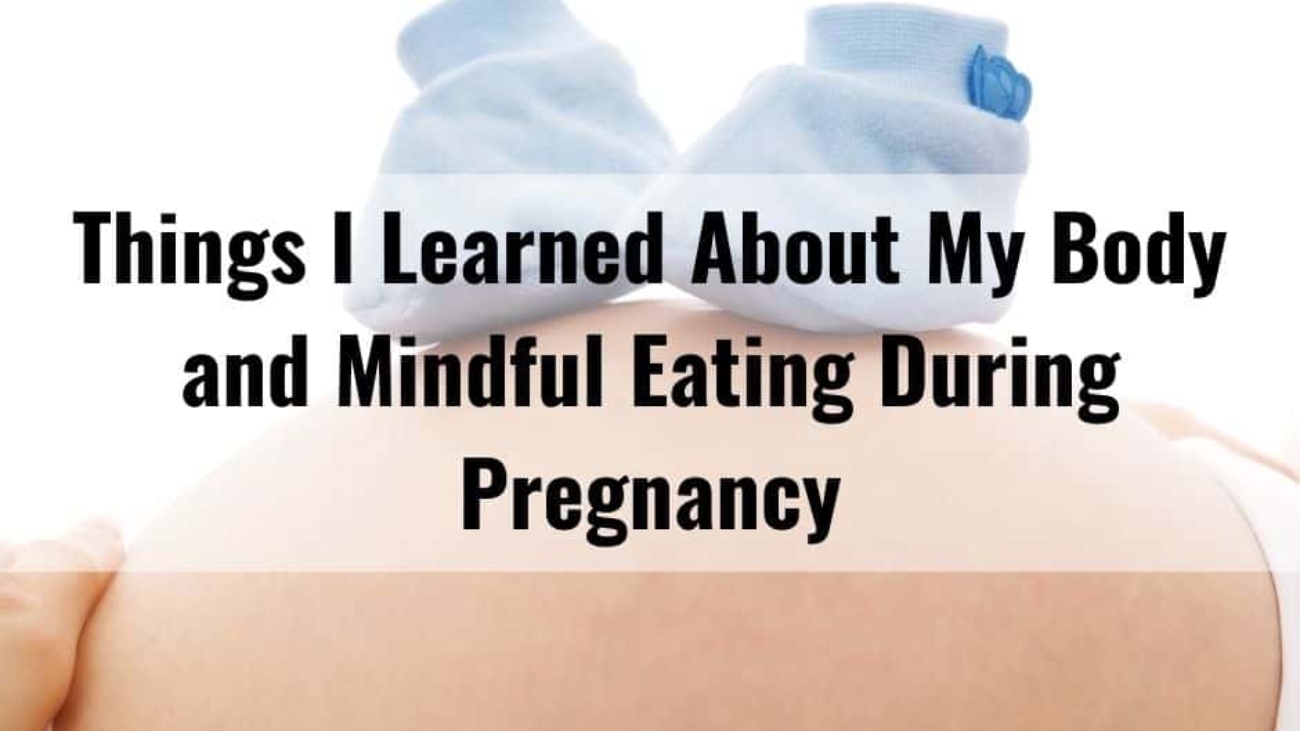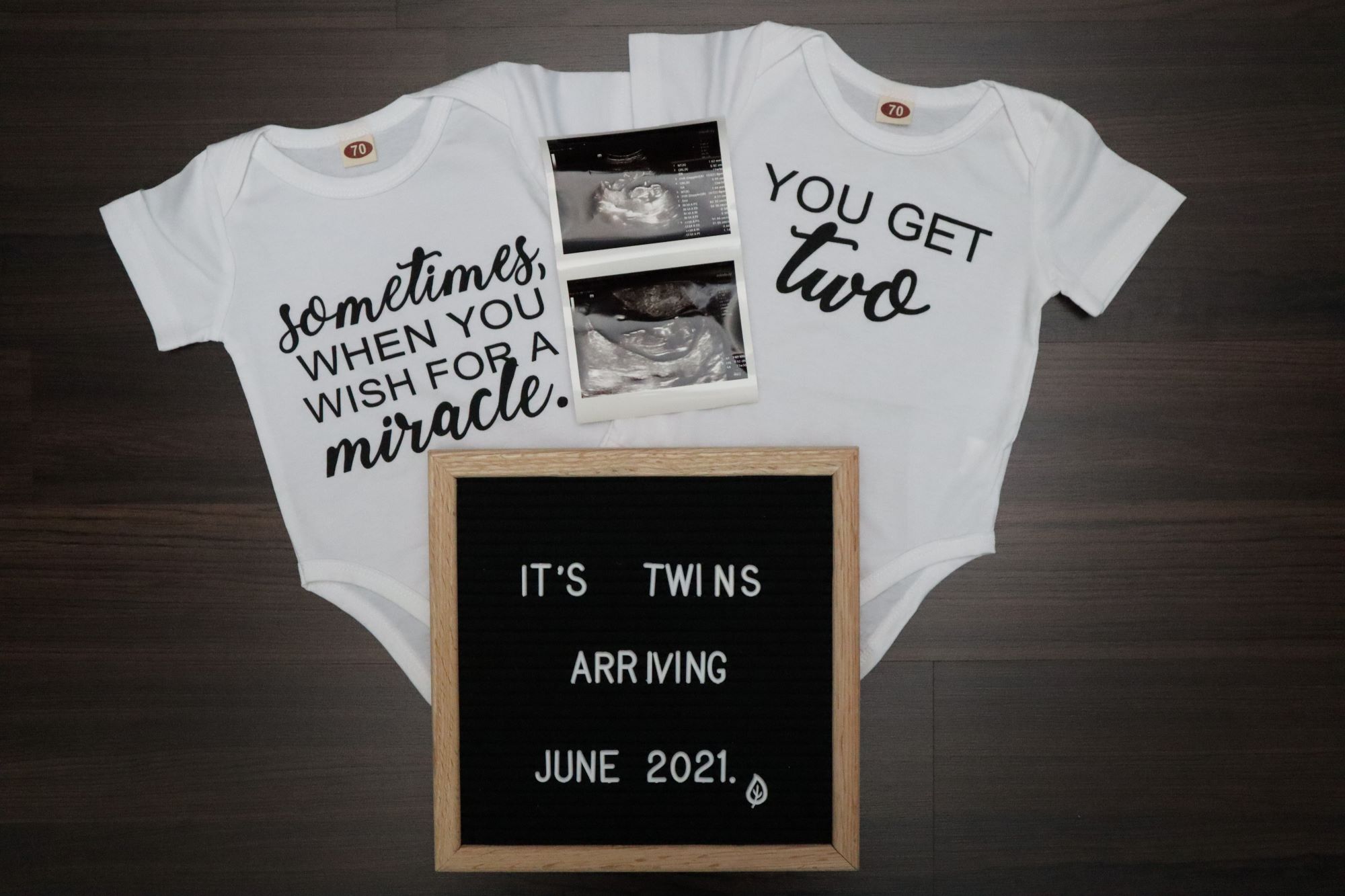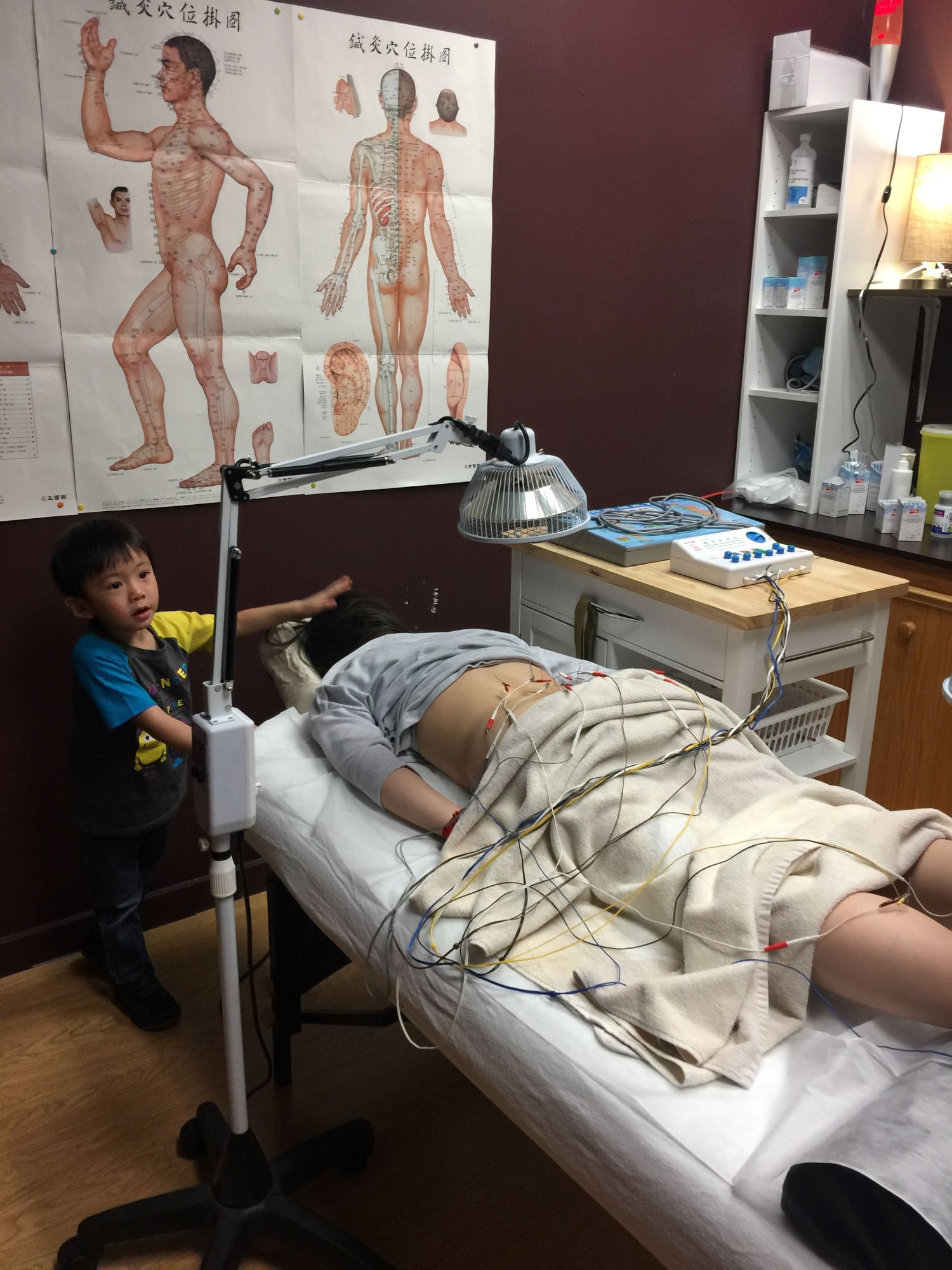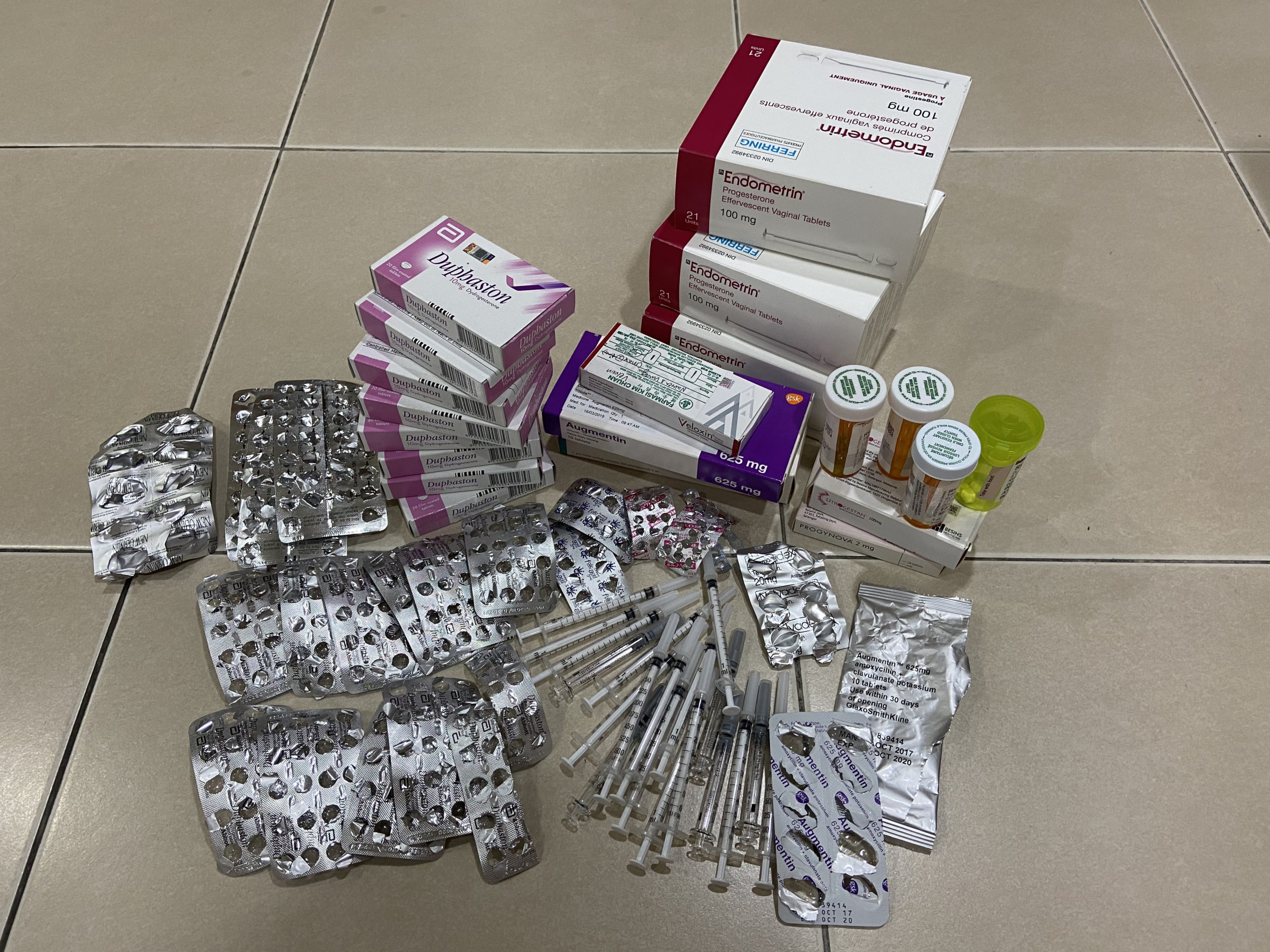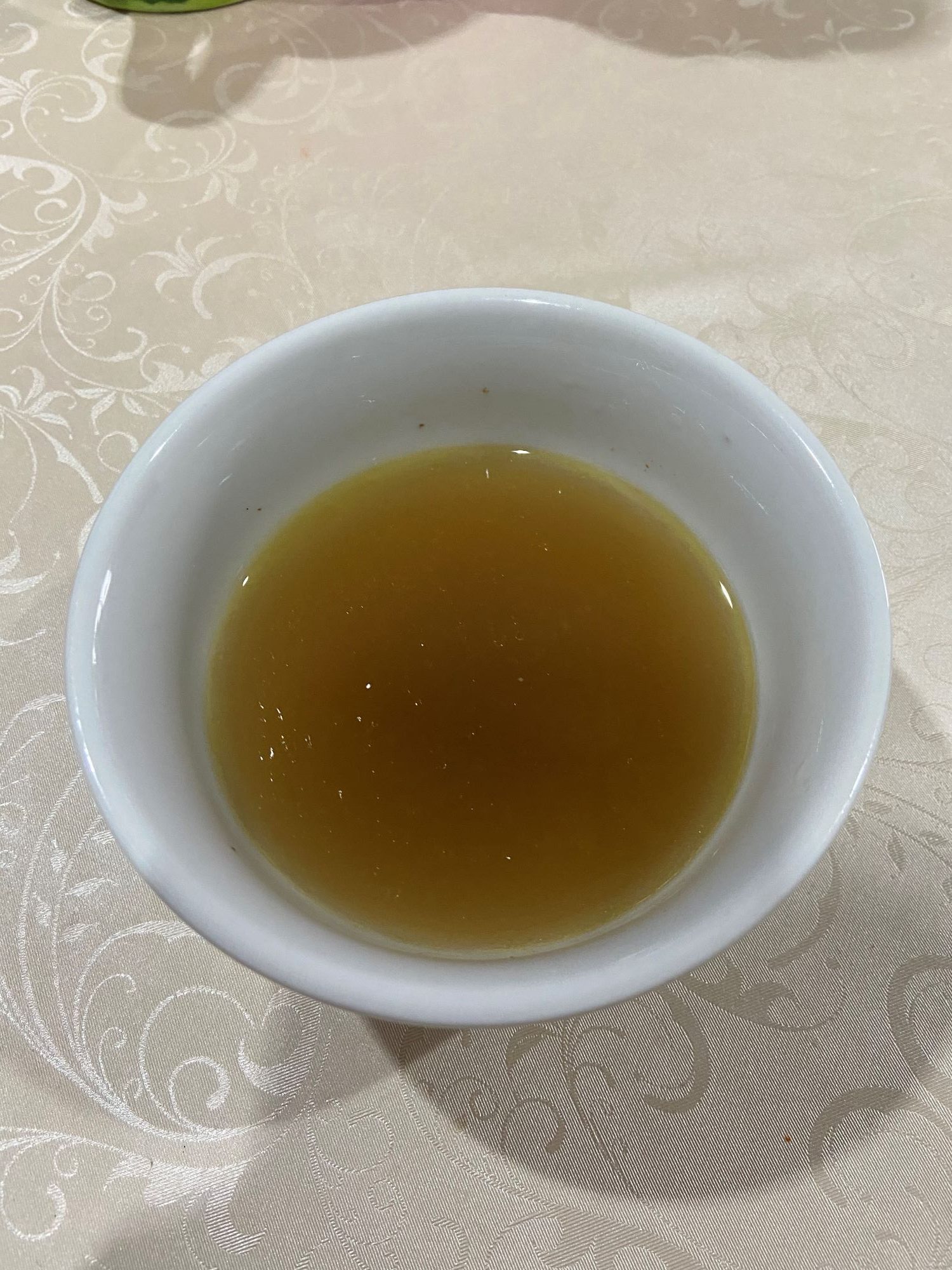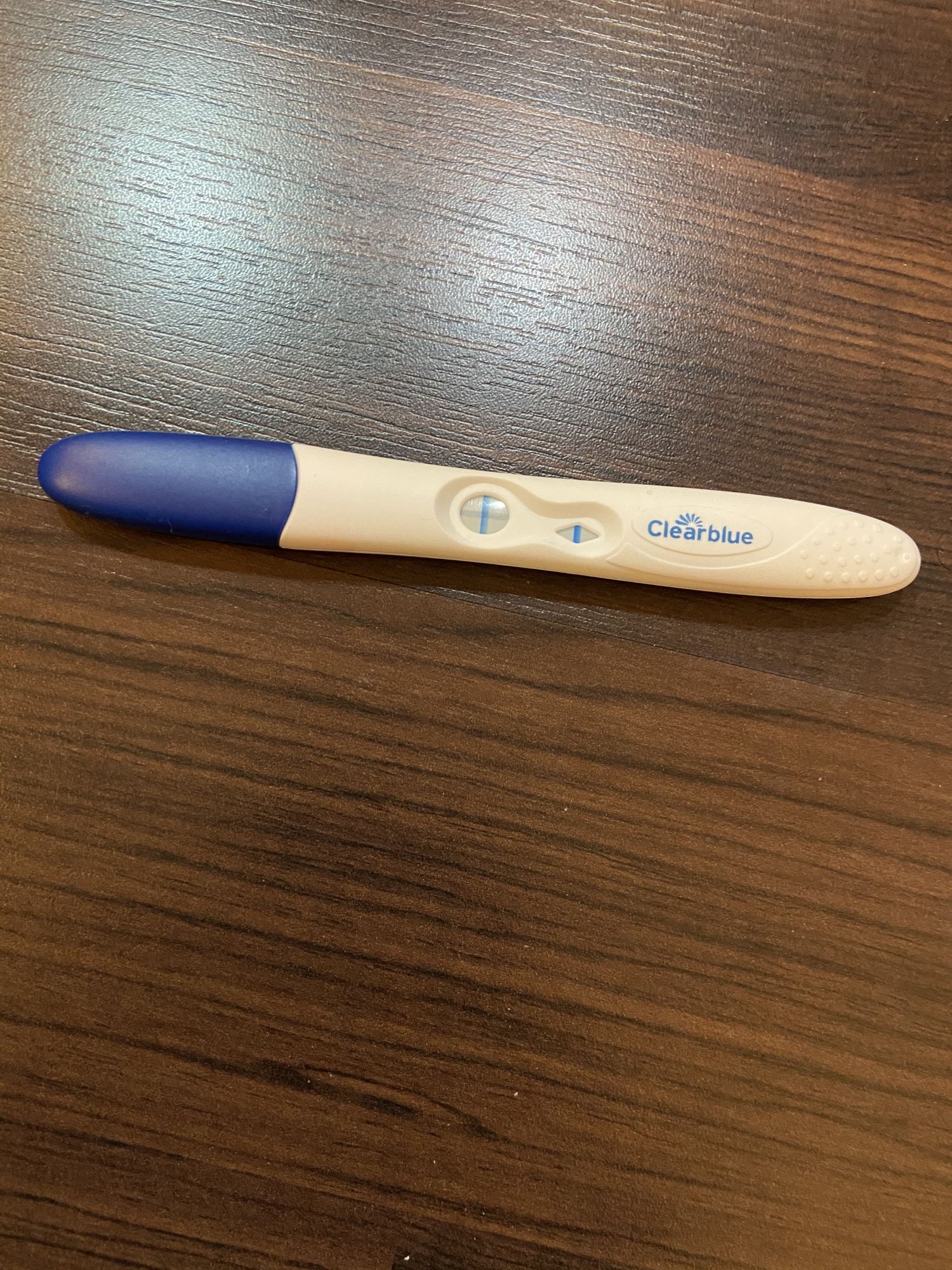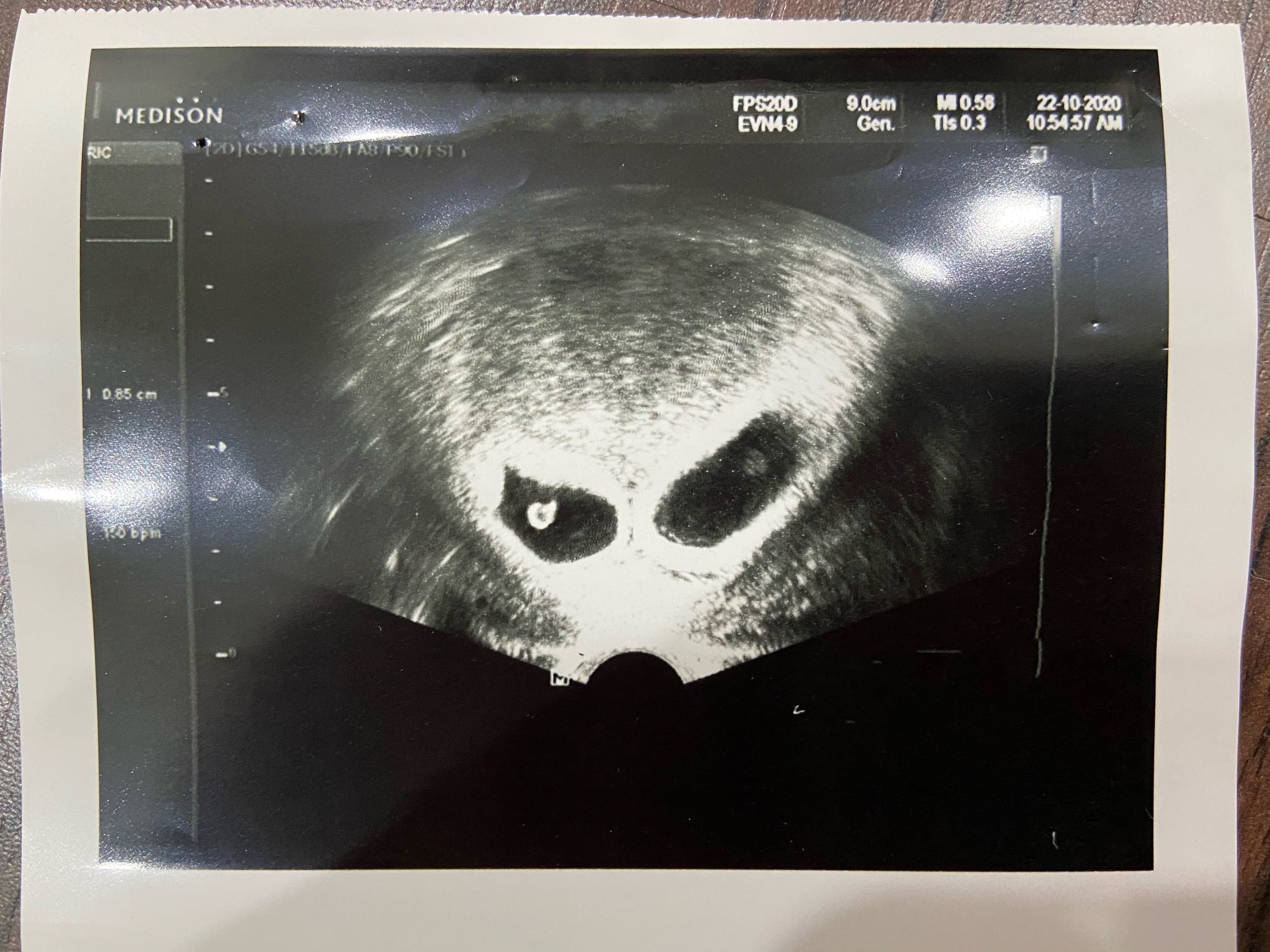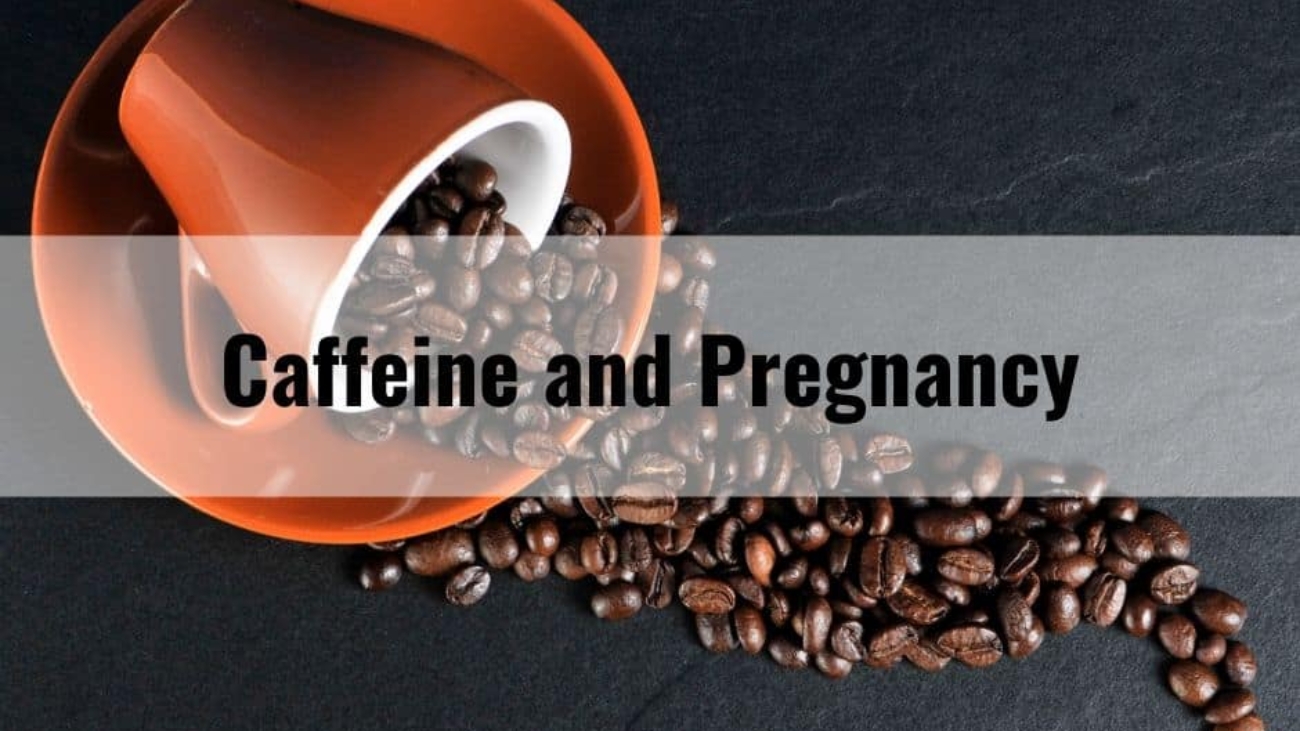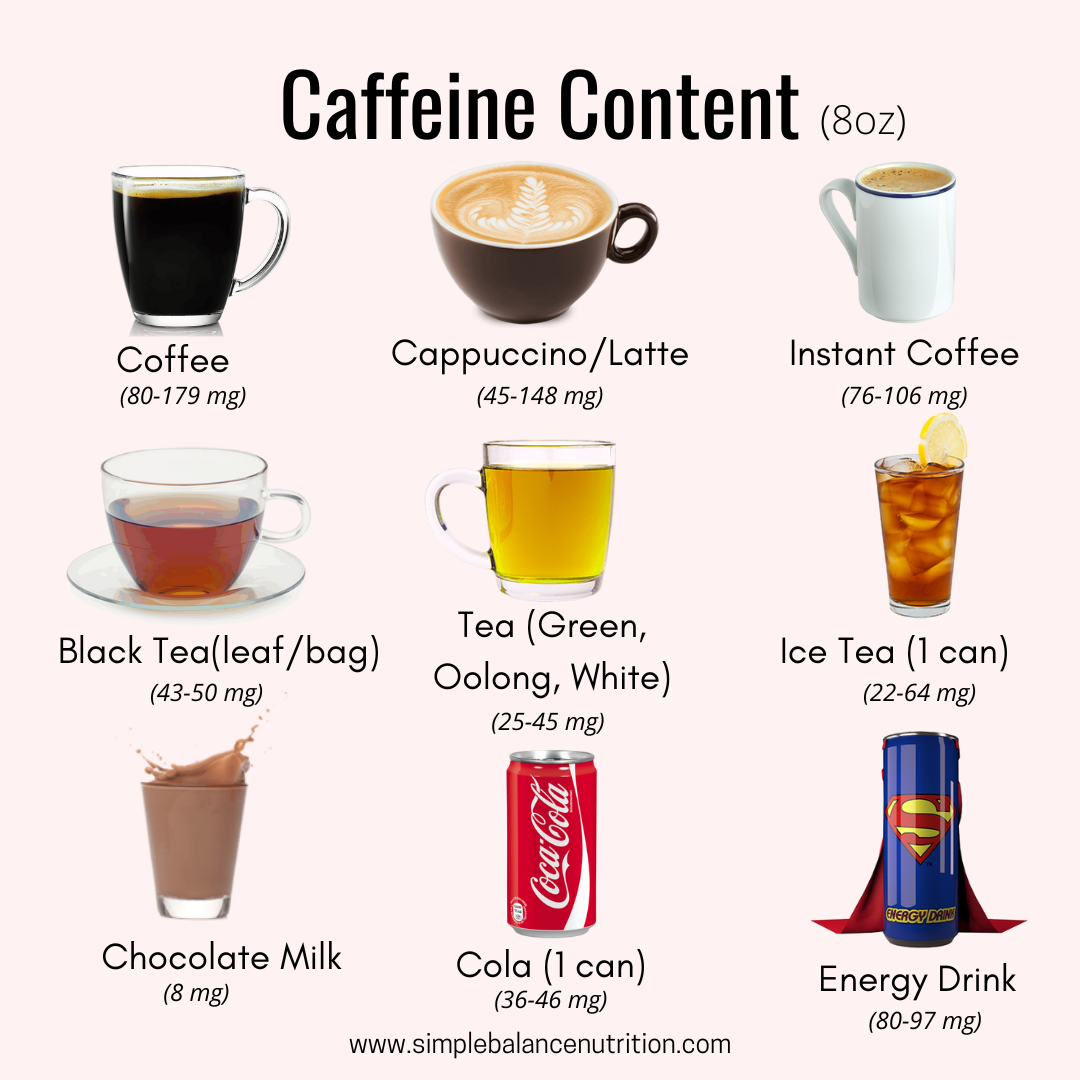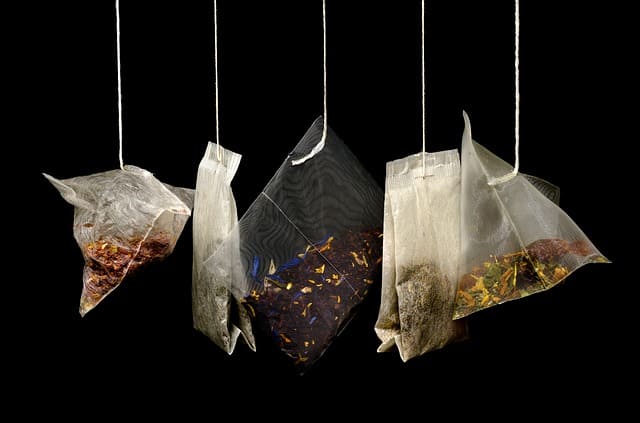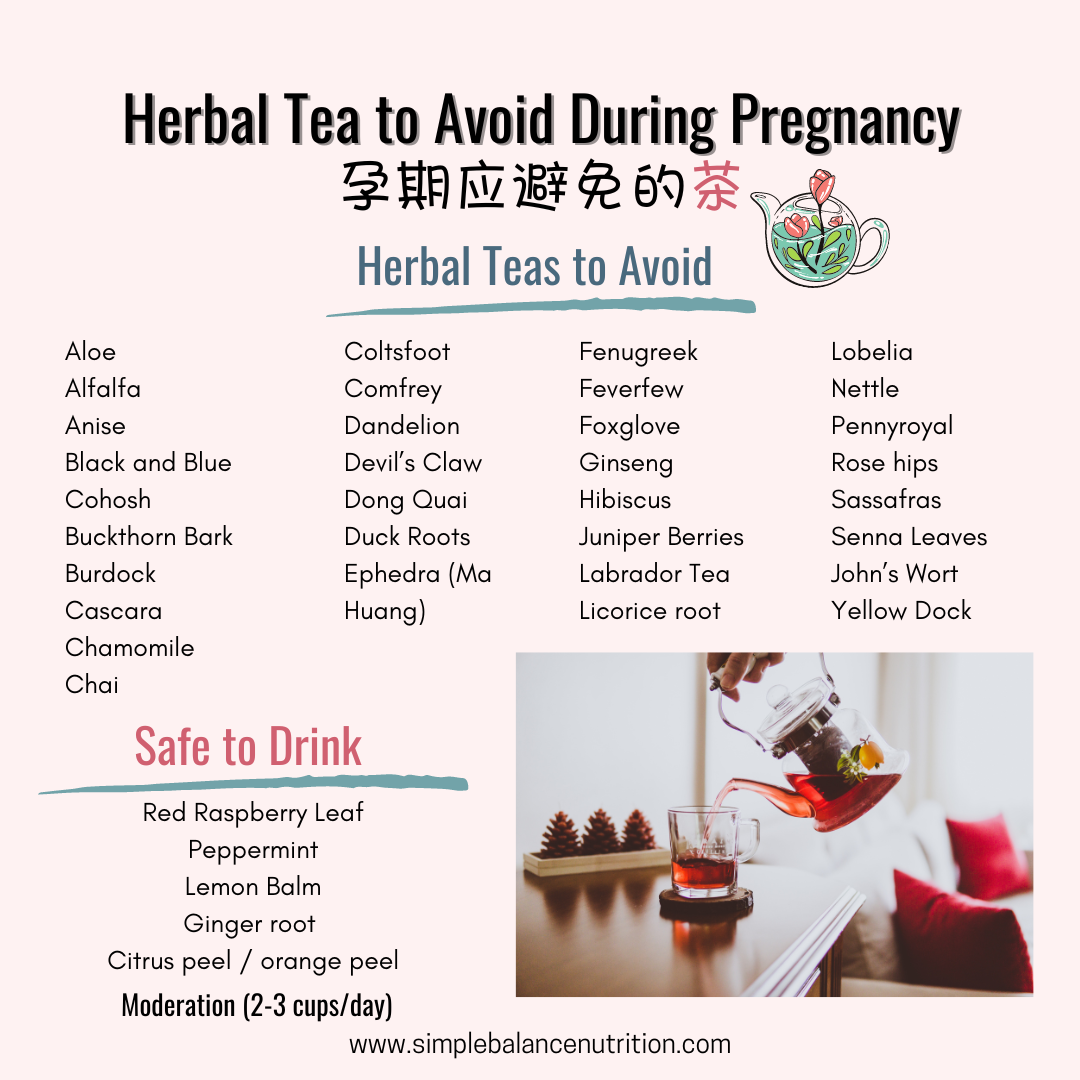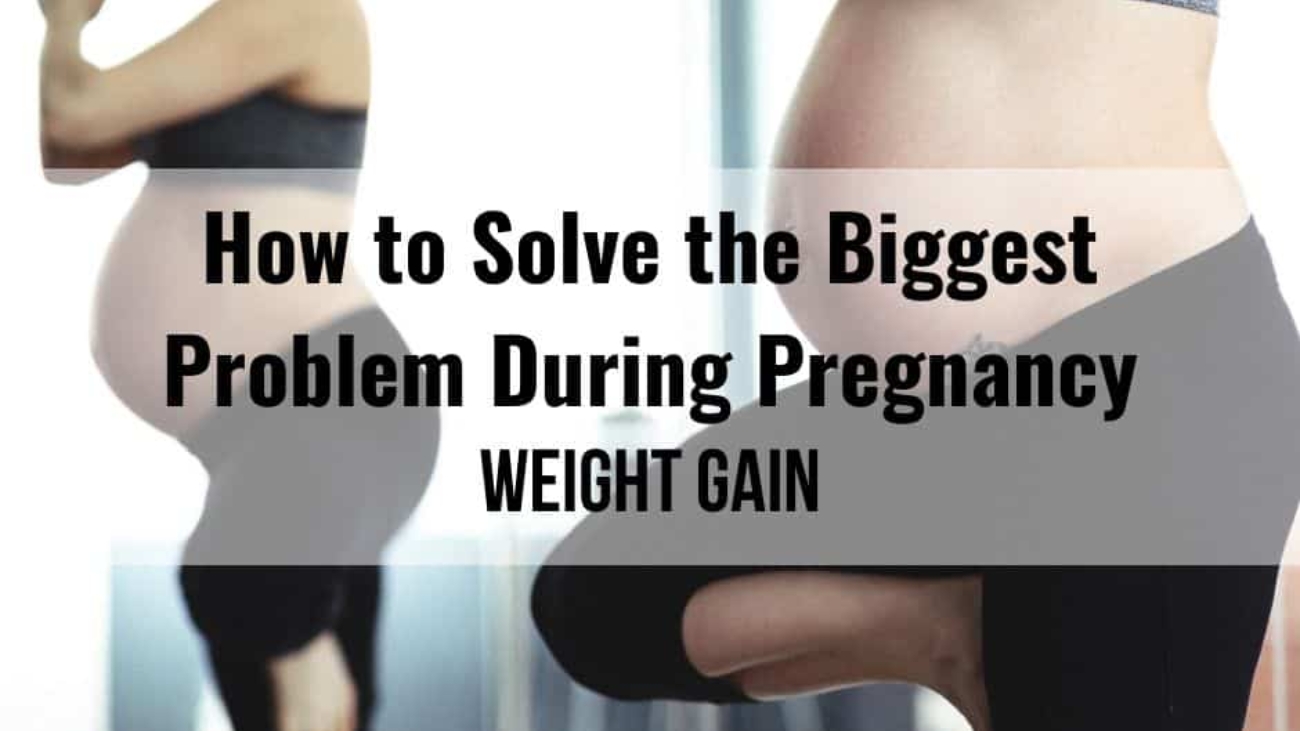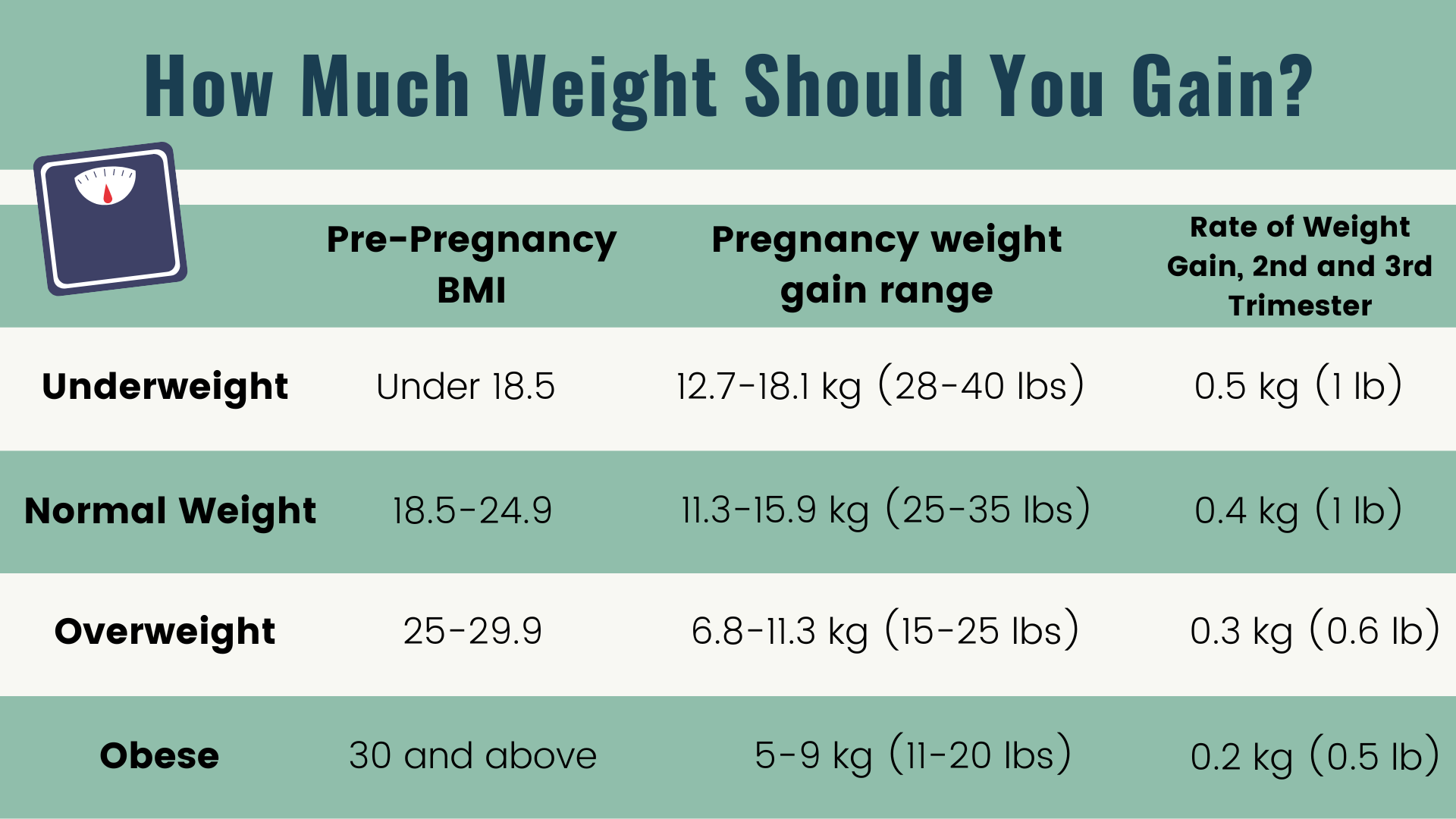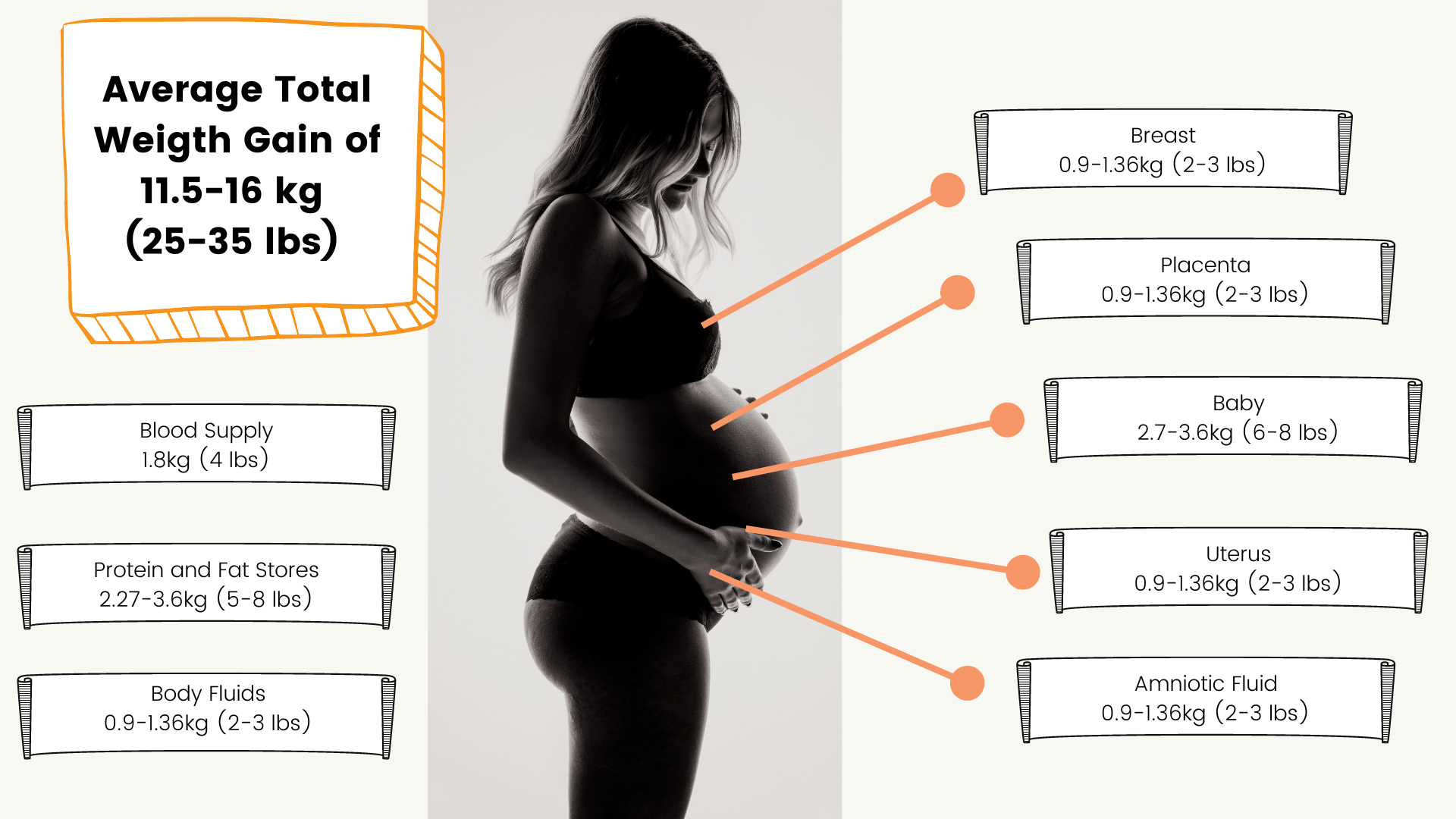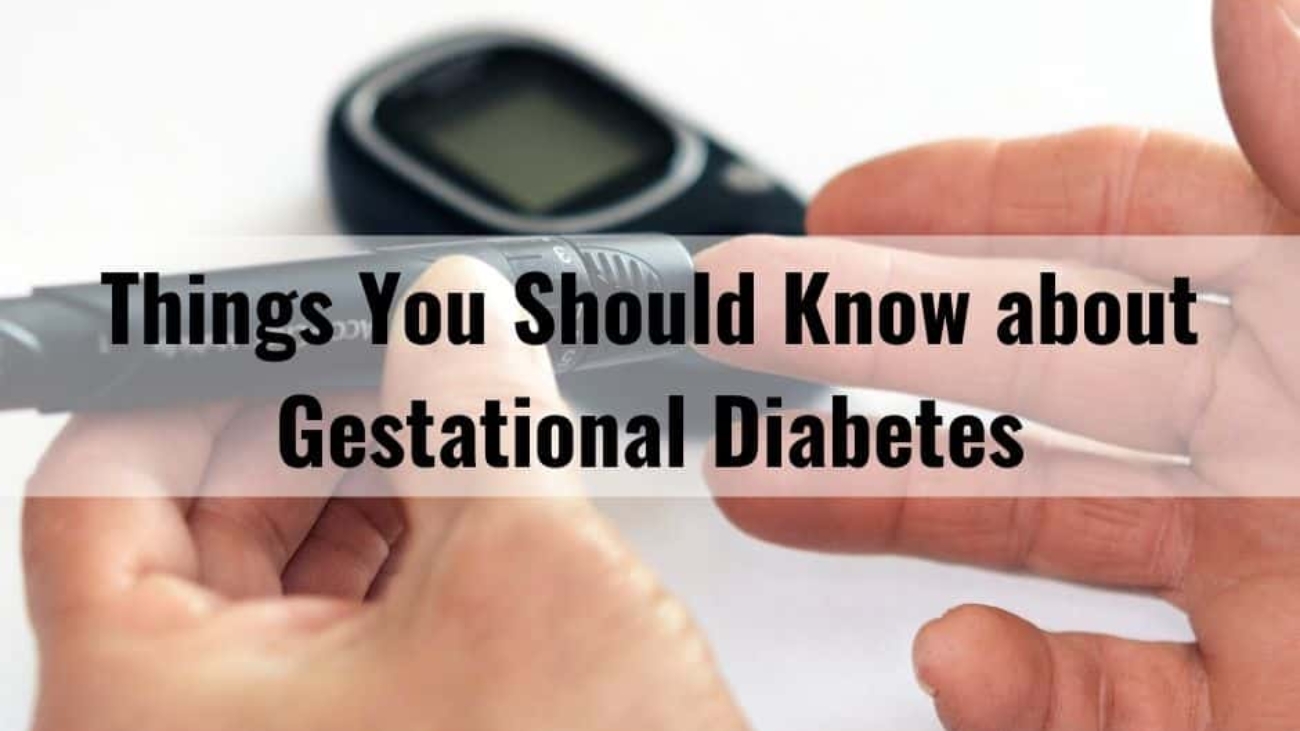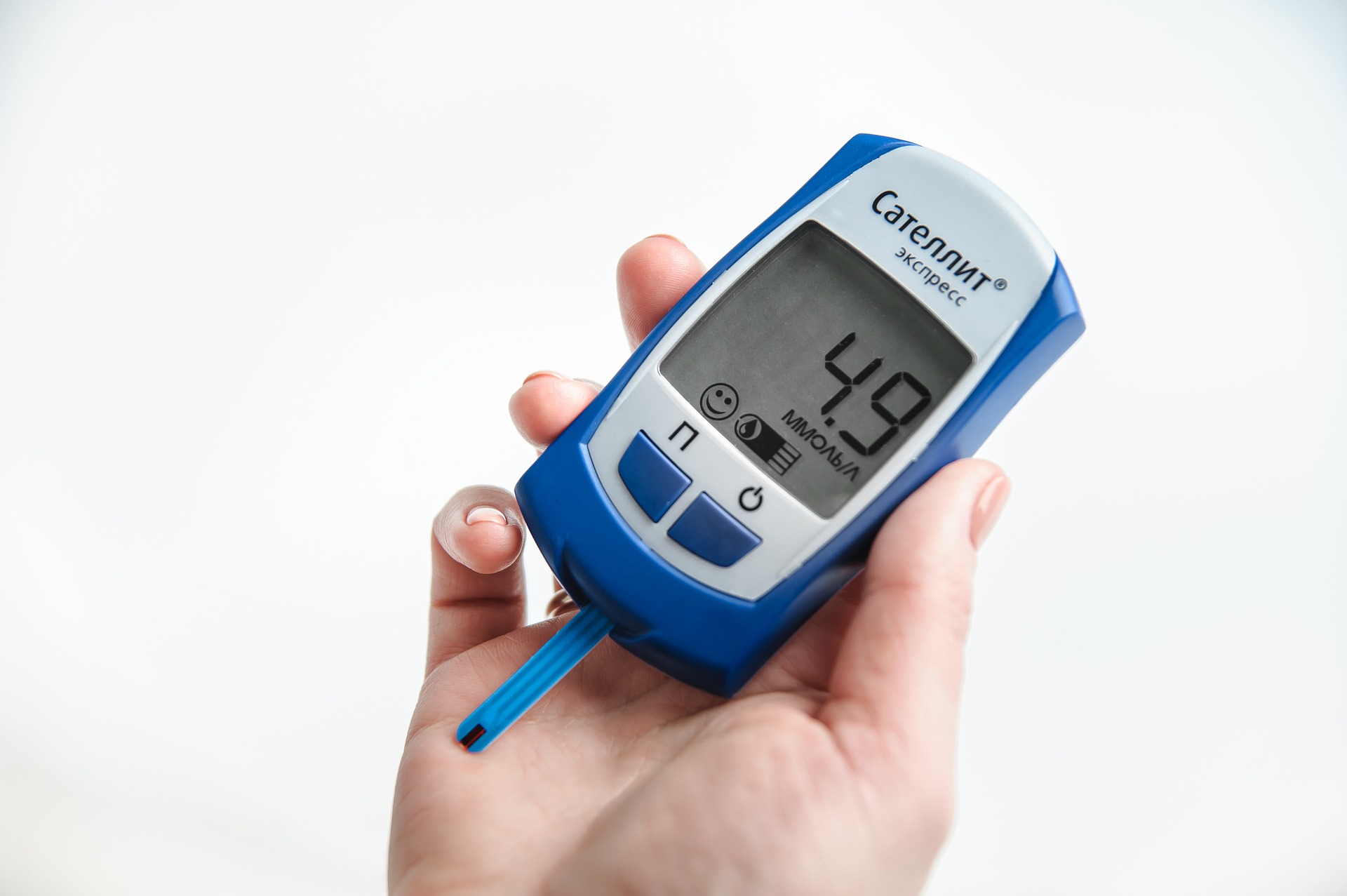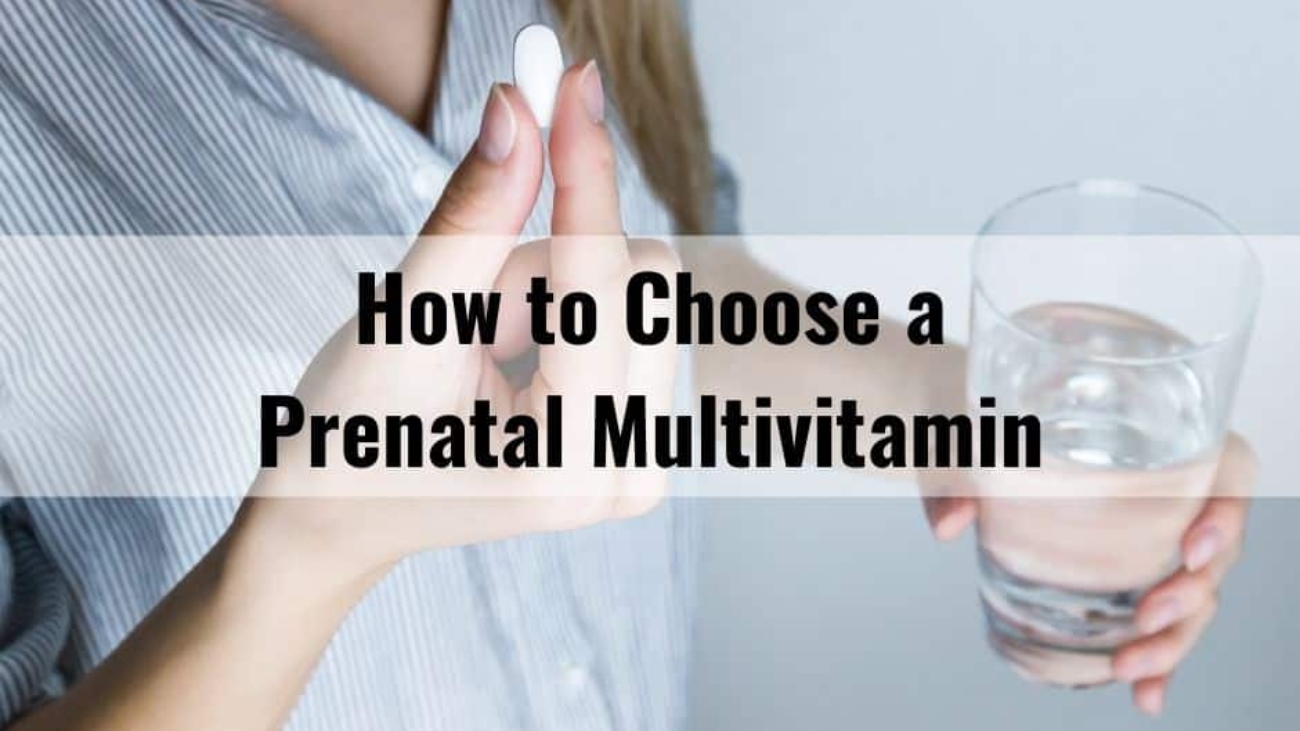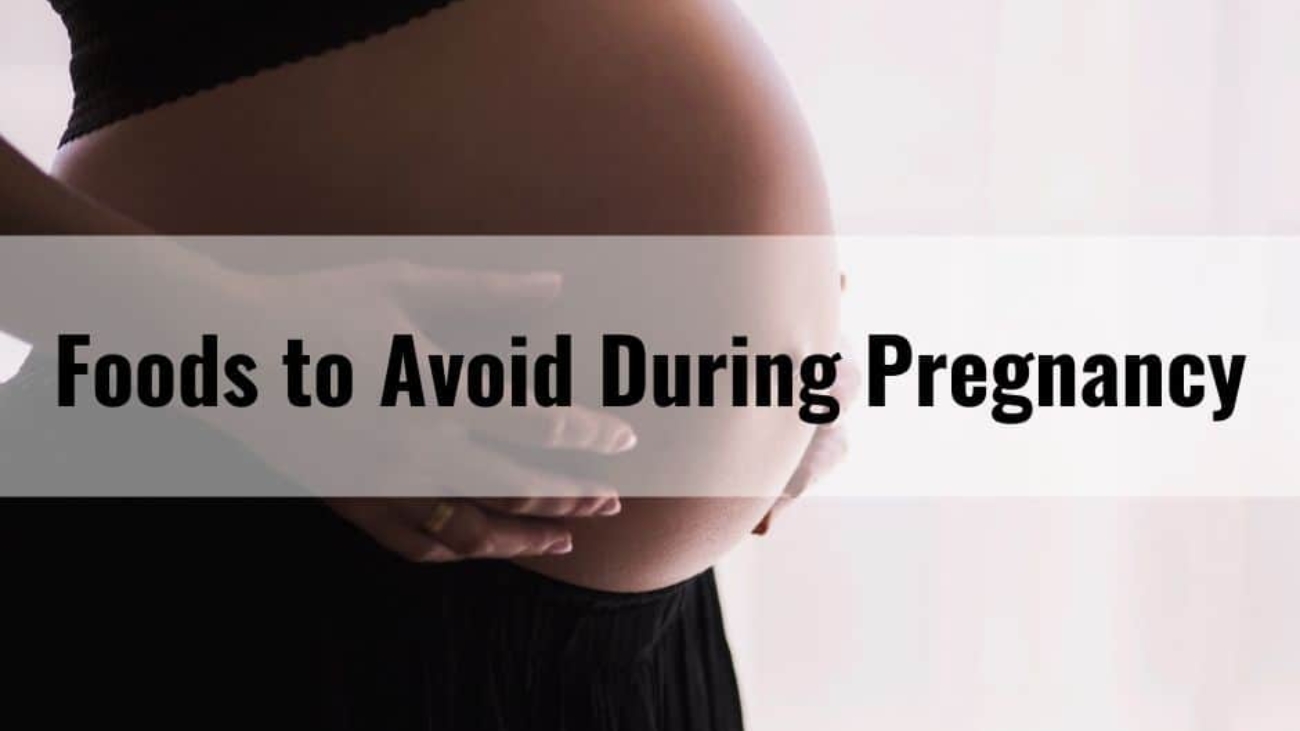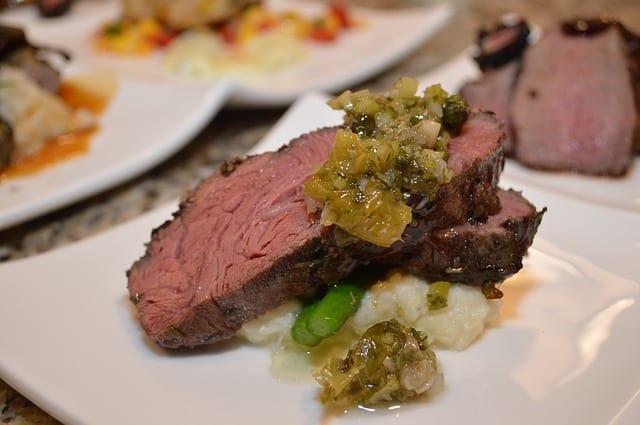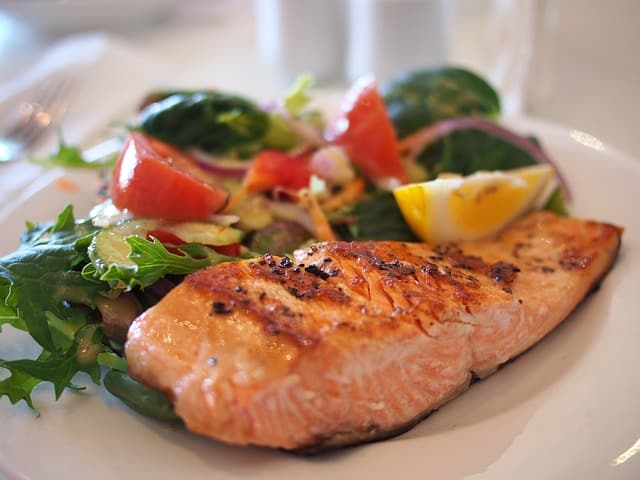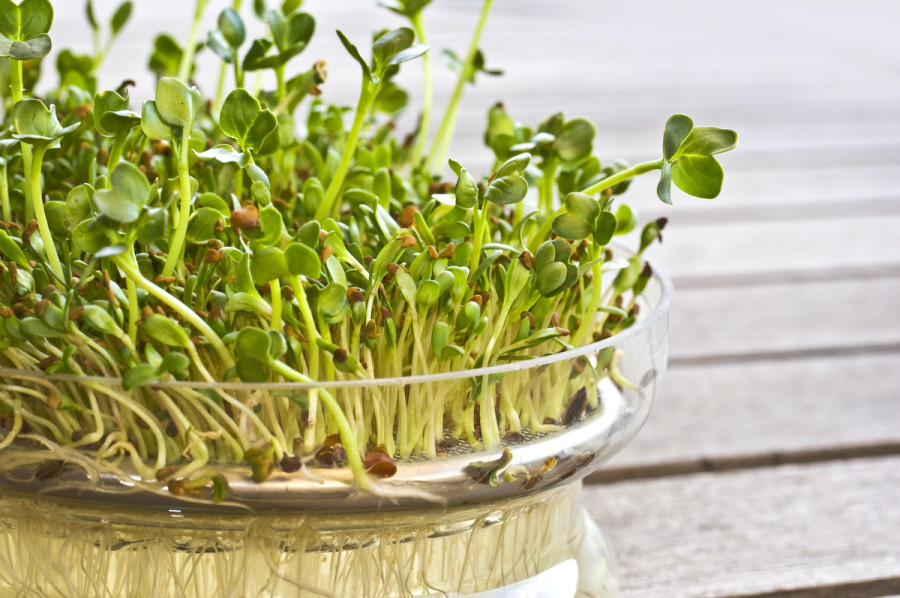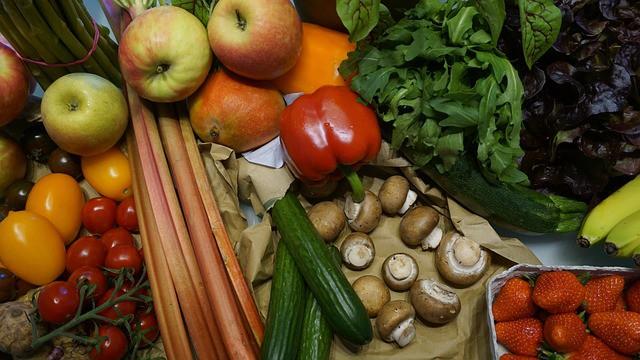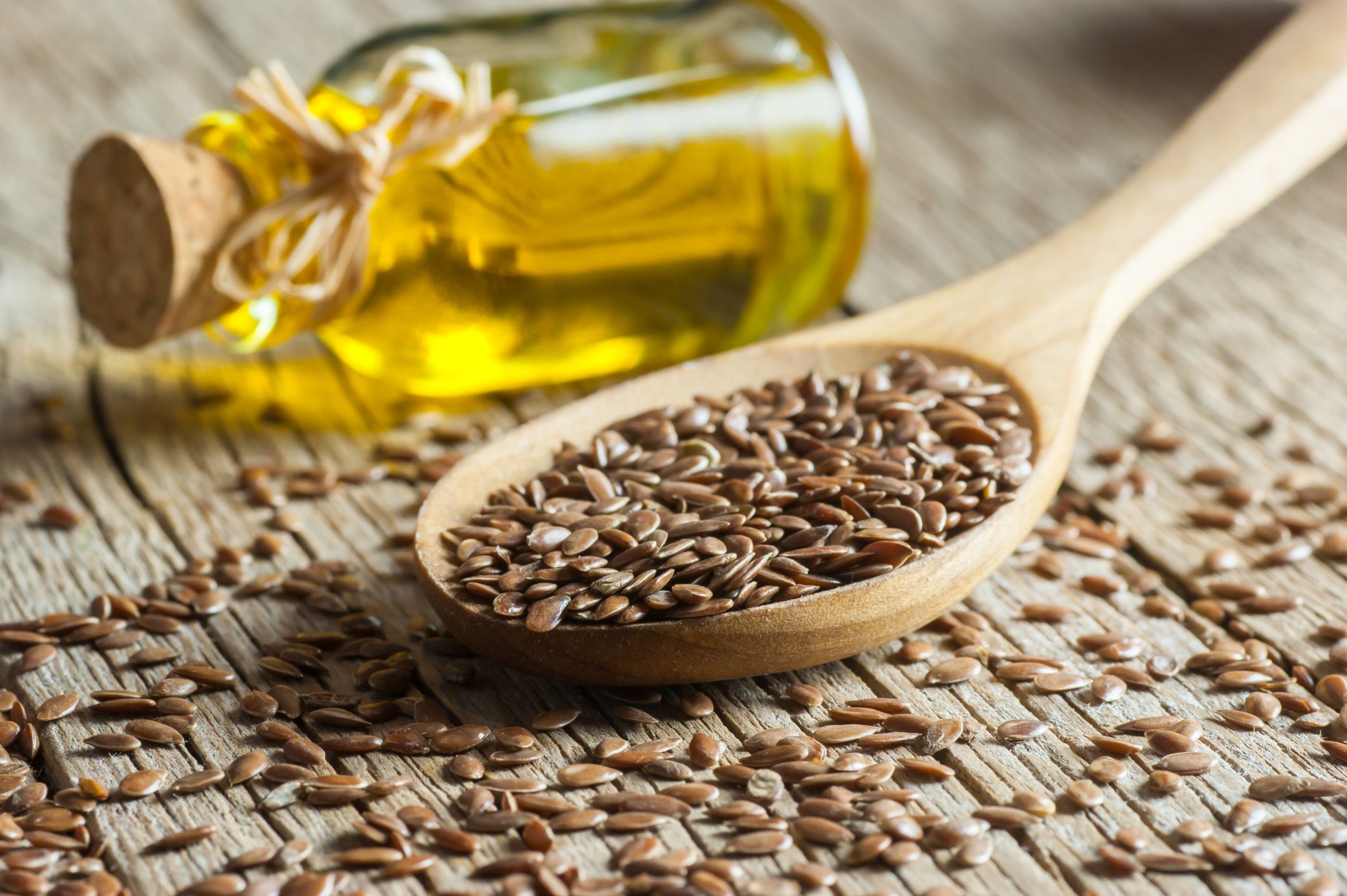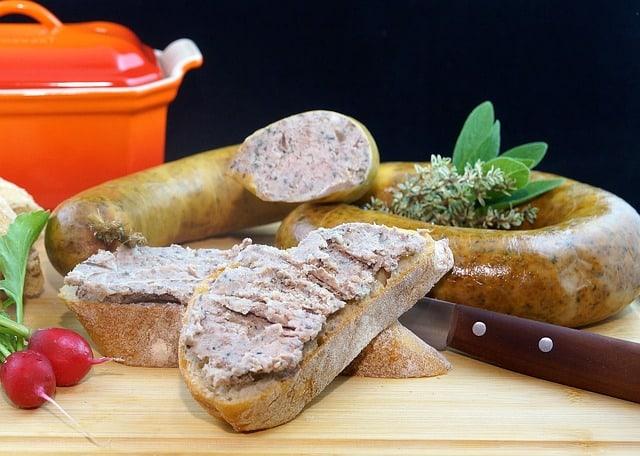While we often view pregnancy as a “glowing” time, for many women the first trimester brings nausea, food aversions, and fatigue. Mom-to-be may also feel anxious during pregnancy, especially if they’ve previously experienced fertility struggles or miscarriage.
Now that you know I’m in the 2nd trimester of my pregnancy with Baby #2 & #3, I thought it would be fun to talk about what I’ve learned about my body and mindful eating during the first trimester.
MY MORNING SICKNESS VS MINDFUL EATING
People typically think of morning sickness as throwing up in the morning. The truth is that it can happen any time or, for some unfortunate people, like me, ALL DAY. Sometimes you just have constant bouts of nausea without throwing up, I had that and it’s the worst feeling. It stays in the back of my throat and I feel like puking, but I just can’t.
In addition, during the first trimester, foods I didn’t usually crave were suddenly finding their way into my grocery cart, and foods I normally love and want to eat all the time were push to the back of the fridge. My cravings also changed more quickly than I could keep track off. One minute I was cooking lunch for my son, next I can’t even think about eating that right now.
Your body will let you know what it wants.
Pregnancy is a really amazing time to practice mindful eating because your body is going to tell you exactly what it needs. Before getting pregnant, I was in a good routine with my eating where I was still being mindful, but I didn’t have to pay quite as much attention because I generally needed food around the same time most days, and I had learned what types of foods usually felt best for me at certain times.
But things change in pregnancy. In my first trimester, I pretty much couldn’t eat or smell anything.
BUT, why am I hungry all the time?
Getting “hangry” was always something I was susceptible to, but having hangry also come paired with a face smack of nausea.
Not only did I need to eat more often (with small portion size), but it was much more urgent.
I was totally turned off cooked vegetables, difficult to eat foods high in fat like meat, water or soup fill me up and made me nausea. So, I actually lived off bran cereal with milk, crackers, lemon water, fruit smoothie, pao , etc. I was nauseous but hungry all day long, so bland foods like cereal and milk were my BFF. I was probably dehydrated so smoothie and lemon water were my go-tos. I off fatty foods for a while since these are typically harder on body to digest and I constantly burping.
Pregnancy hunger can sometimes feel chaotic and out-of-control. But it doesn’t have to be this way. The truth is mindful eating can be helpful.
Our body is fully capable of doing what it needs to do to keep us and our baby healthy, and most of all, our body can be trusted.
Mindful eating is the practice of learning to pay attention to (and honouring) your body’s natural cues in regards to food. This means nourishing your body when it’s hungry, noticing and stopping when you’re full, and honouring your cravings.
Up until now, when I am feeling hungry, I eat something. When I am getting full, I slow down, take few minutes, and decide if it’s time to stop eating.
No matter what changes your body is going through, you can learn how to dial in to exactly what your body needs and feel confident to give your body just that.
MY BODY WILL GAIN WEIGHT AT ITS OWN PERFECT PACE
Pregnancy has been a really good lesson in surrendering to my body. Week by week, some weeks subtle and others not, my body has literally changed before my eyes. One day I would worry I was gaining weight too fast, and the next, I would worry I’m not gaining enough and that something was wrong with babies. I’ve spoken with so many of my friends and I came to realize that this is just one of the brutal realities of being a woman, not just in pregnancy when body changes come fast and furious, but pretty much all throughout the life cycle. But as I near the end of my second trimester, I’ve learned to make peace with the chaos. My body will gain weight at its own perfect pace. It may not be the precise 0.5-1 kg each and every week.

I know that for me, some weeks I gain nothing, and others I’ll jump 1 or 2 kg on the scale. But if you’re listening to your body, just know that your body is doing what’s best for you and baby and your weight will find its happy place in the end.

MY BODY DOESN’T JUST CHANGE OVERNIGHT WHEN I SKIP THE EXERCISE ROUTINE
Before getting pregnant, I work out every day for at least 30 min to an hour. But I was just anxious at the beginning of my pregnancy that I took about 3 months off the exercise routine. Not 3 days or 3 weeks, it is 3 months. Obviously, it was all worth it. But taking that much time off kind of freaked me out.
Would I lose all of the strength I had worked so hard to build and have to start from scratch again?
Would I gain 20kg?
Would I just fall out of the habit for good and never go back?
After first trimester, I started doing light yoga stretching and leg exercise. I keep telling myself, I have two babies growing inside me, don’t feel guilty because I took 3 months off the exercise routine. It doesn’t have to be all or nothing. Just listen to my body when I’m ready to get back on my yoga mat.
IT’S OKAY TO FEEL EMOTIONAL
When I found out I was pregnant, I was more terrified than excited. The fear of bleeding, cramping, not hearing heartbeat, it all messes with my head in a way that no one can really understand unless they’ve been there.
Every doctor’s visits are also scary. Every time I have an appointment, I have to take deep breaths to try to stay calm and positive. I find myself constantly thinking about the babies’ movement and heartbeats. To handle fear in the moment, I am taking one day at a time and feel grateful for every day of my pregnancy, allow myself to enjoy things like a positive ultrasound or big kicks.

